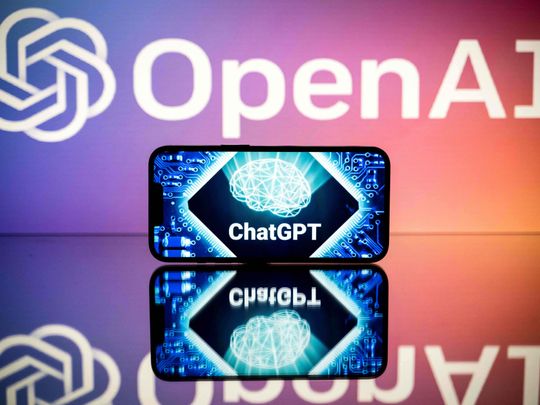
The situation around ChatGPT has been compared with the hype that was unleashed by the appearance of AI ‘Watson’ in a 2011 ‘Jeopardy’ show. The question that follows is: Will we face another ‘AI winter’? Or will the bold promises of Generative AI and large language models be fulfilled?
Countries like the UAE are investing heavily in local manufacturing and AI technologies, potentially indicating that this isn't just hype. The UAE has launched several initiatives to boost local manufacturing, including the ‘Make it in the Emirates’ campaign. This campaign is a collaboration between the Ministry of Industry and Advanced Technology, the Abu Dhabi Department of Economic Development, and ADNOC, aiming to encourage companies to develop and manufacture products in the UAE as part of the ‘Operation 300bn’ strategy.
When communicating with the AI assistant, the factory staff does not have to adhere to any predefined system or use any specific terminology. Dialogue is also possible in several languages, regardless of the language with which it was trained.
A simple example of dialogue would be: “Emergency! How can I stop the robot immediately?”
Answer: “Press the emergency stop button. It's the big red button on the top right of the handheld unit.”
The exchange with the AI assistant can also take place via images. Example: When calibrating the robot, an operator takes a picture of a specific calibration mark with a smartphone or tablet and asks if that is the correct calibration position.
Increased efficiency and safety – in the factory and beyond
These capabilities can contribute significantly to the efficiency and safety of robot operations. The factory staff is not dependent on the help of a specialized service technician for many detailed questions about installation, maintenance, or troubleshooting. That saves time and money.
The AI assistant also supports factory personnel in complying with safety regulations – for example, by having an operator photograph the robot’s standing position and asking whether this position is safe. In the event of acute problems, the AI assistant can provide crucial information to prevent damage or production downtime.
The capabilities of such an AI assistant can be extended to the entire production environment of a factory and also to the supply chain – for example by being trained with further technical documentation as well as with information on suppliers, supply agreements, legal terms, and regulations, costs, or CO2 emitters.
Generative AI is thus becoming a tool to reduce costs, minimize risks, and improve sustainability along the entire supply chain.
You cannot accept fake content in industrial production
A factory is a place where you cannot accept fake content or biased recommendations. And carving out a few percentage points of efficiency might seem boring to AI evangelists, but in hyper-competitive markets such as automotive supplies, they can give you a decisive advantage.
Running the large language model on a private on-premises infrastructure helps protect trade secrets and avoid cloud dependencies. The AI model must enable the ‘explainability’ of the content it generates – this means it must be possible to trace back the content to its data sources.
In this way, AI-generated content without suitable, trustworthy sources can be withheld directly.
Patience, perseverance
Making Generative AI productive in the enterprise is not fancy. It’s hard, sometimes boring, work. It’s not about saving the planet or disrupting an entire industry – it’s about creating incremental savings in day-to-day operations, accelerating business processes, and preventing outages.
This also requires patience and perseverance. It has been said that Generative AI is like having thousands of smart interns at your fingertips. In other words, it’s possible to achieve remarkable increases in productivity right now - but there’s much more promise for the future.
This promise will only be fulfilled if companies invest in further training – both of the technology and of their own ability to create value with it.













